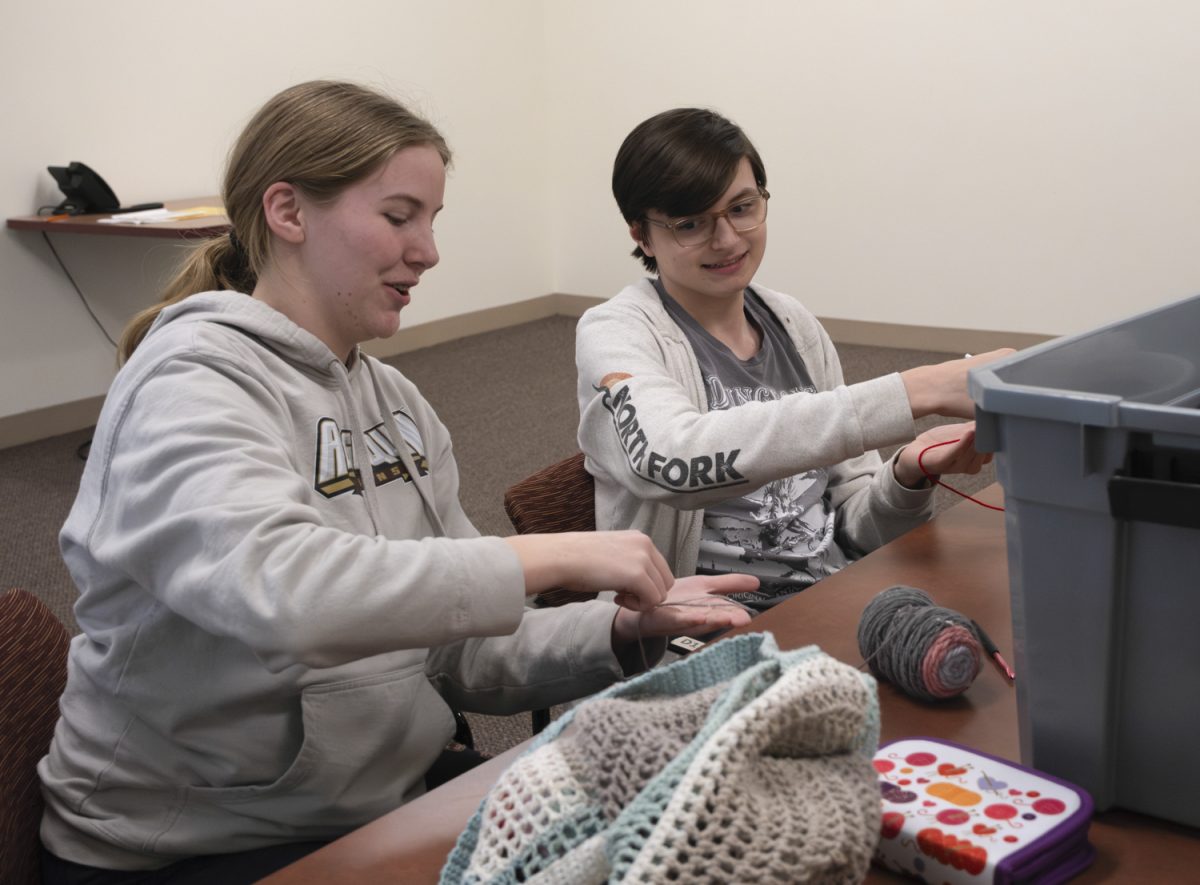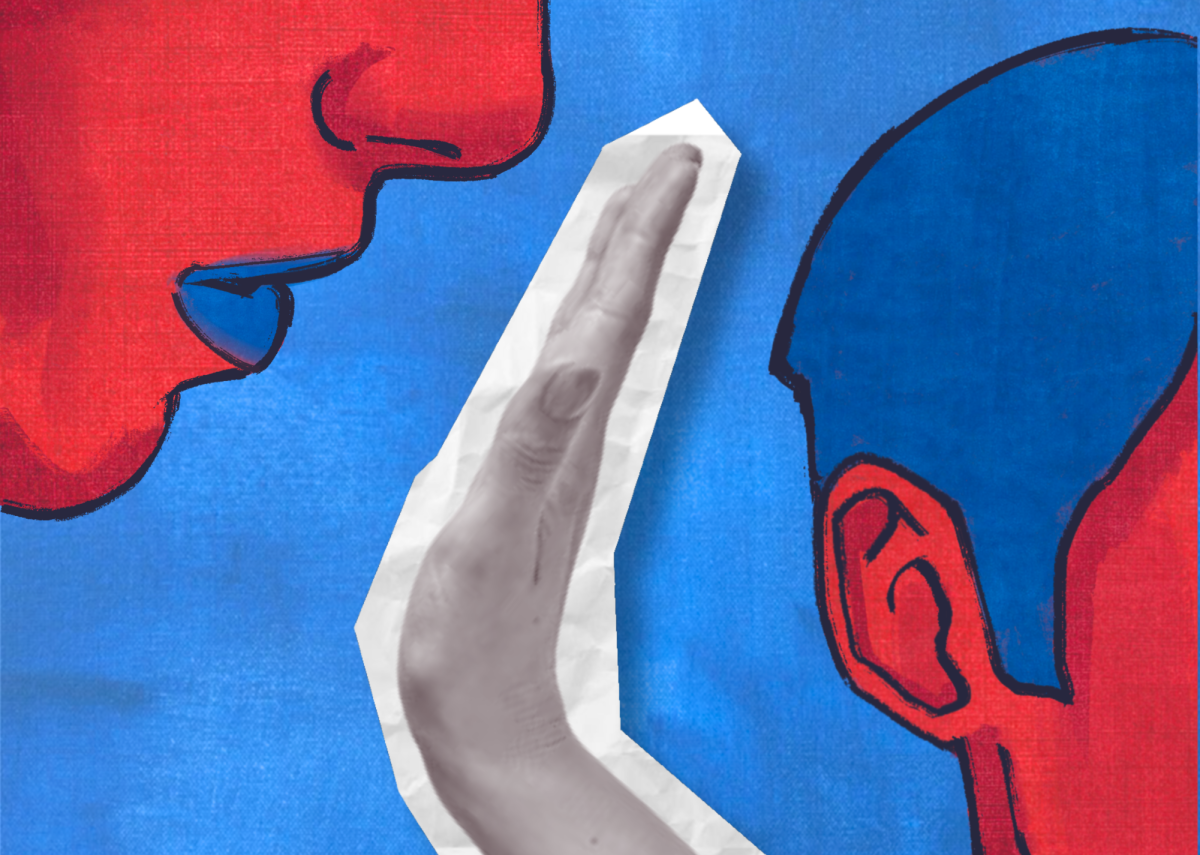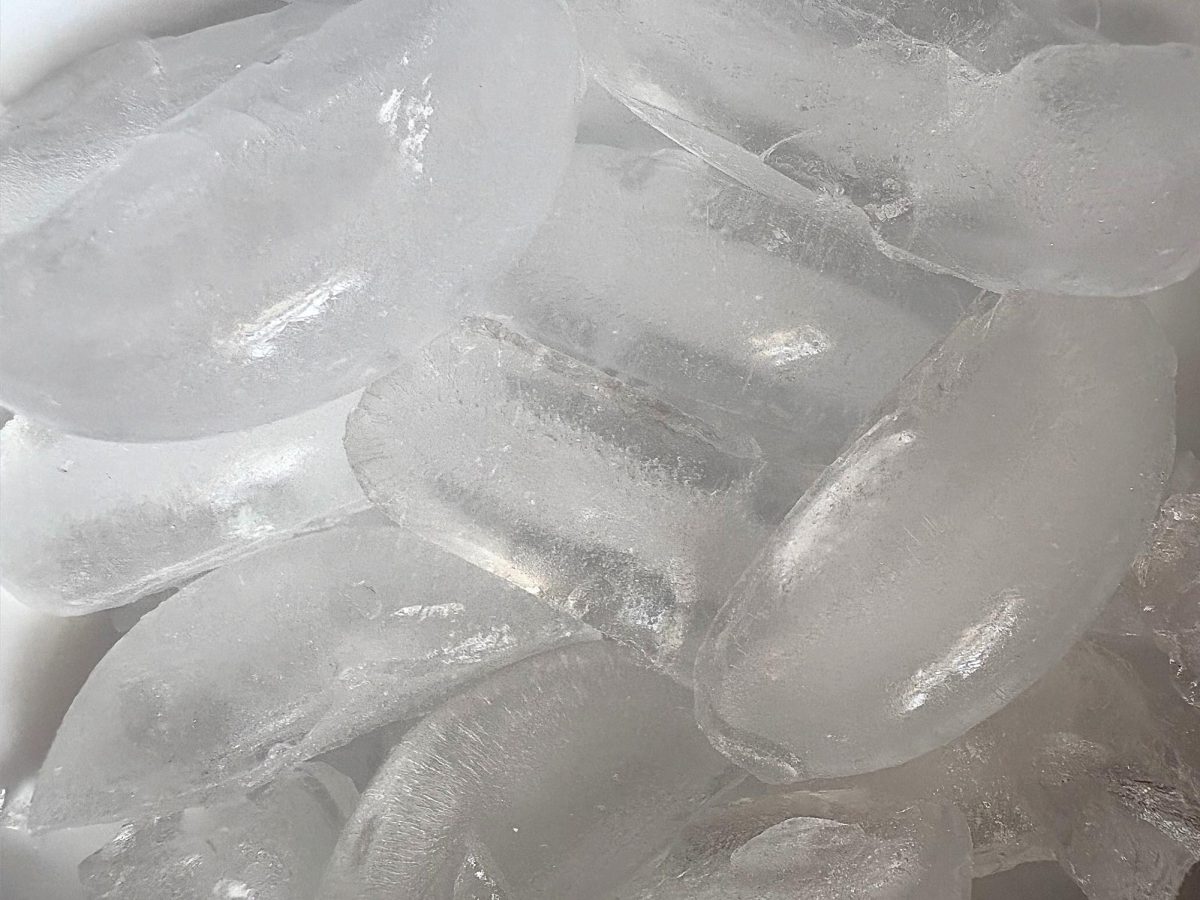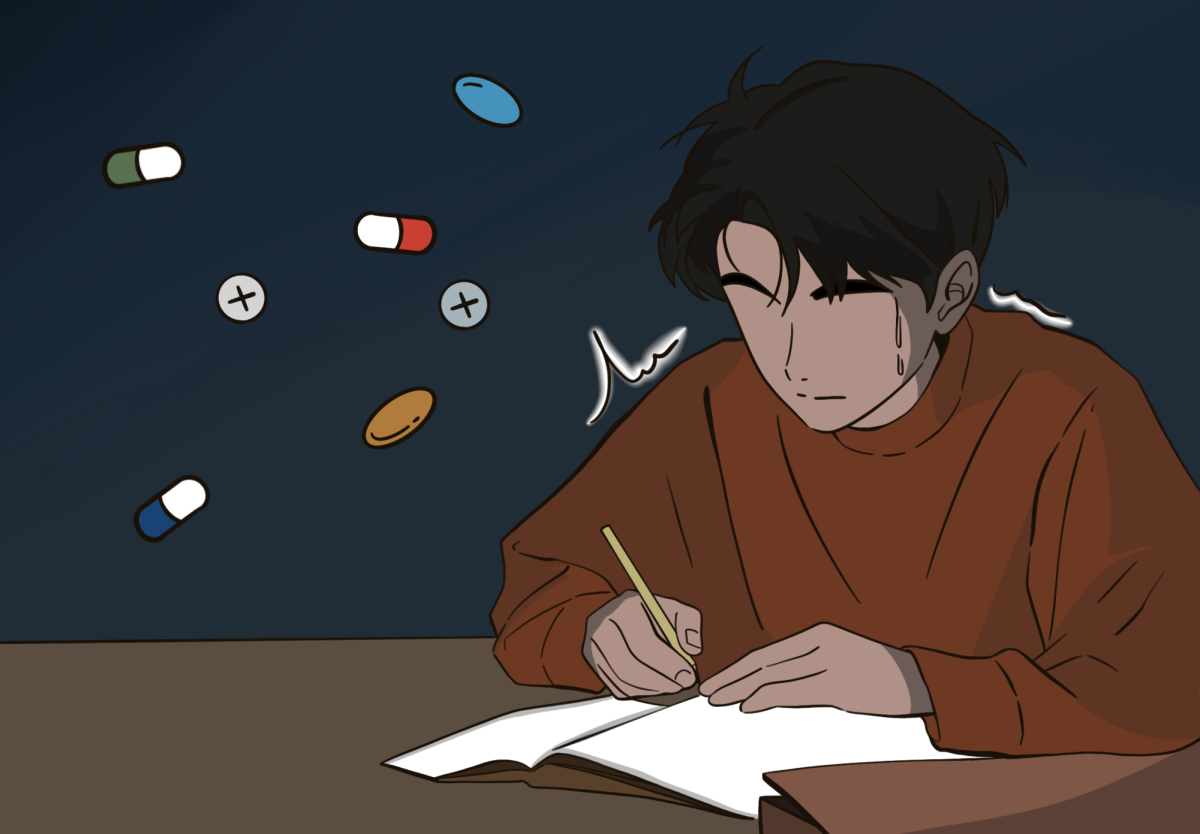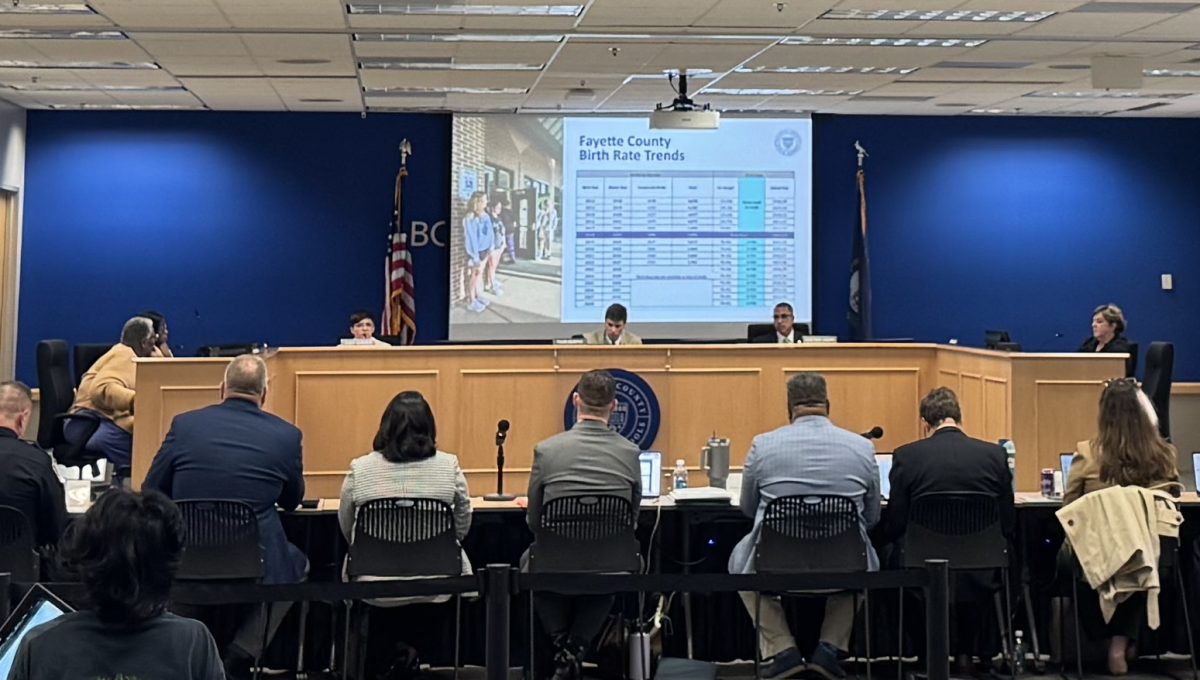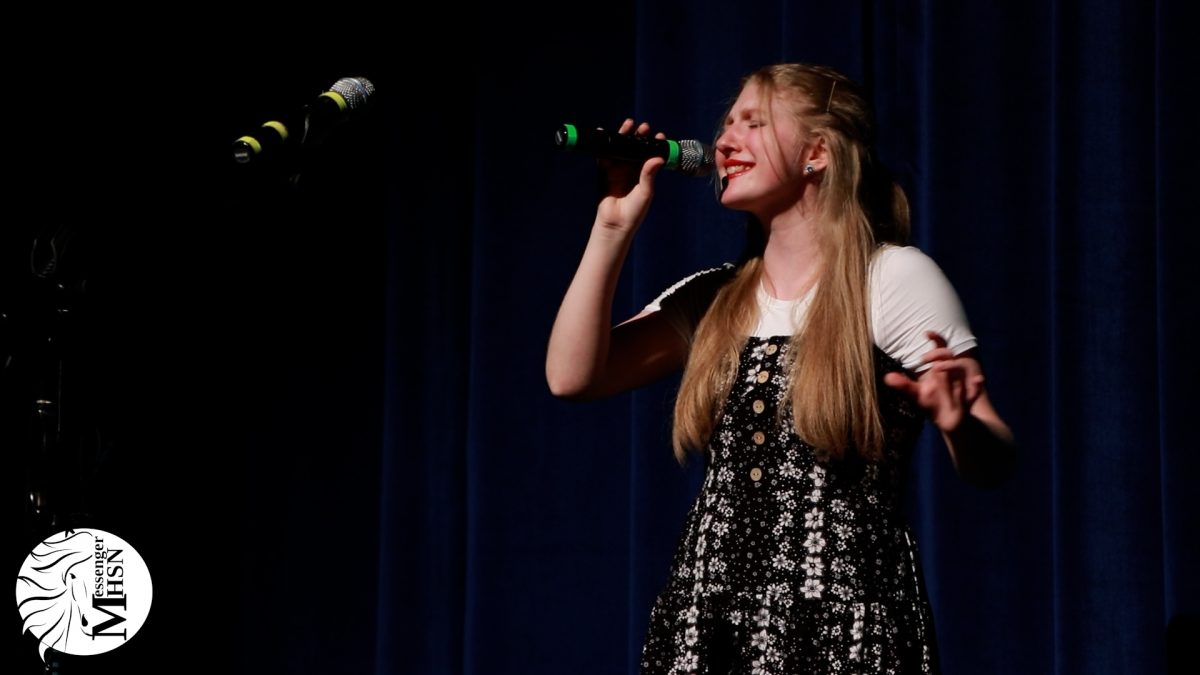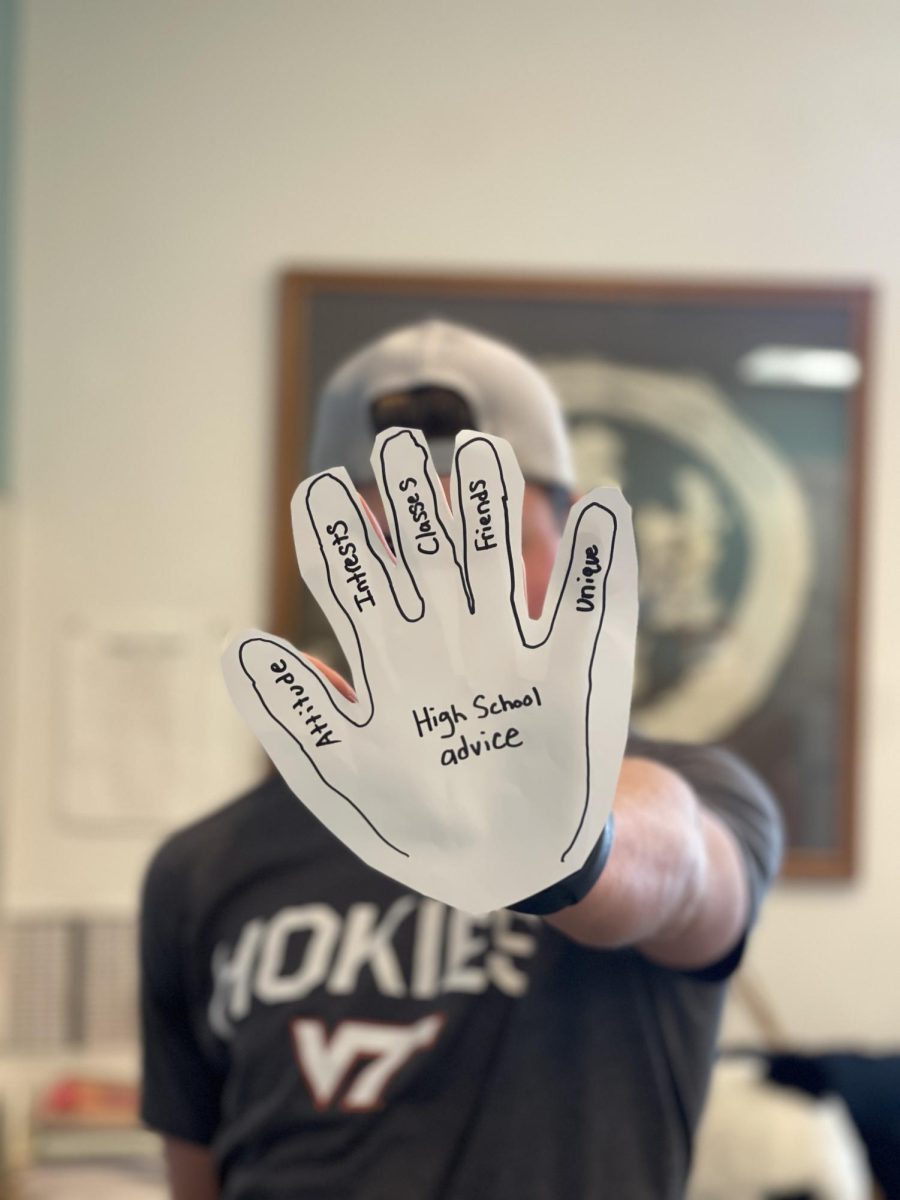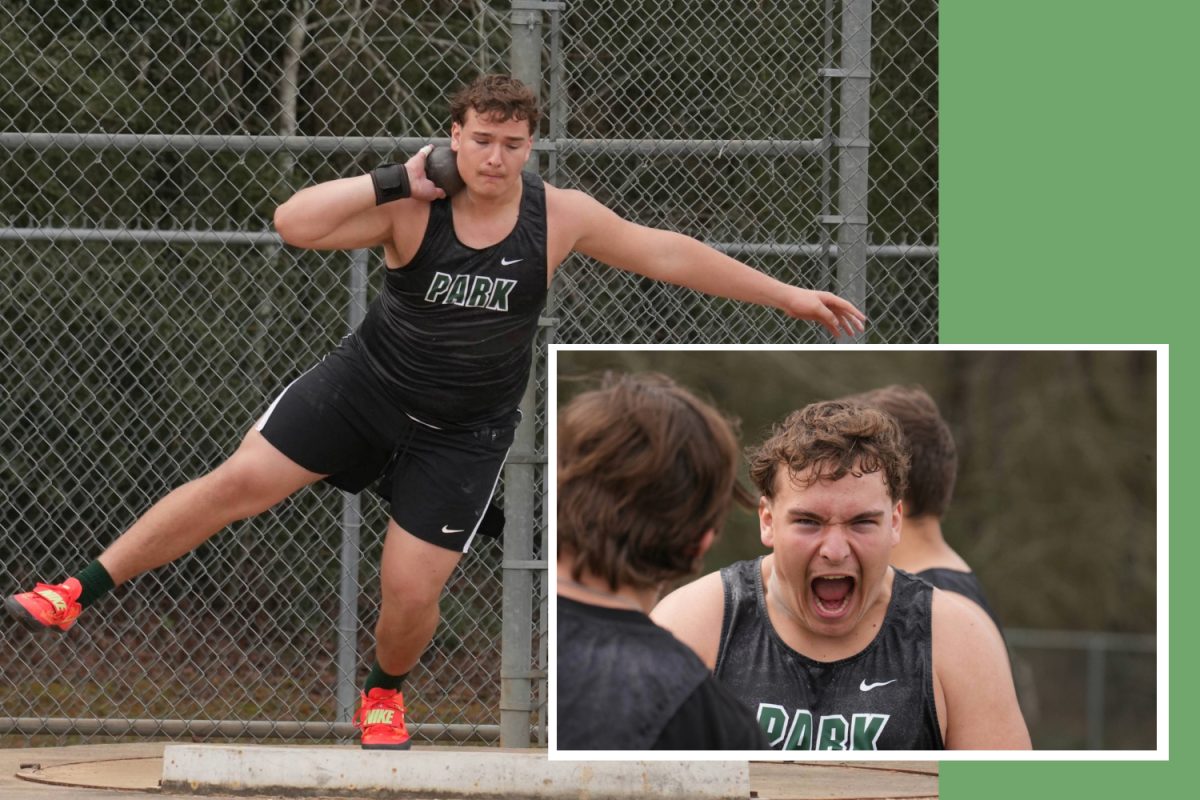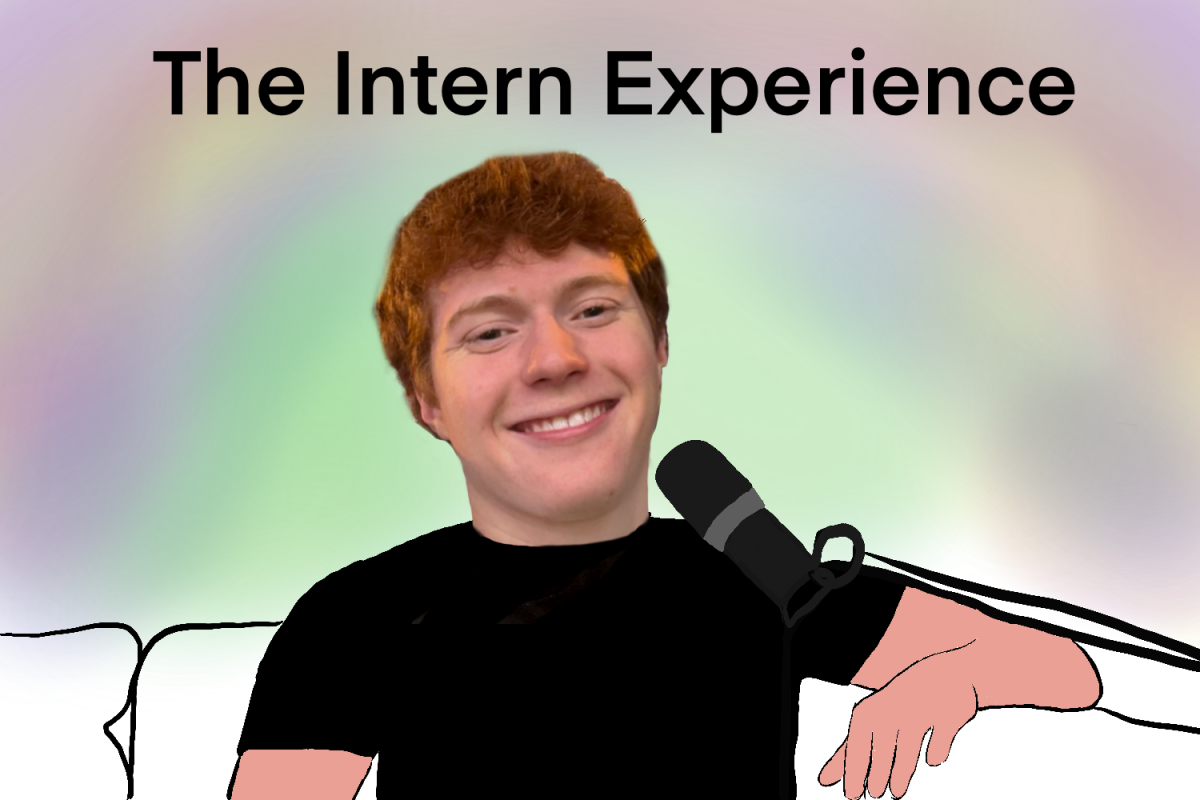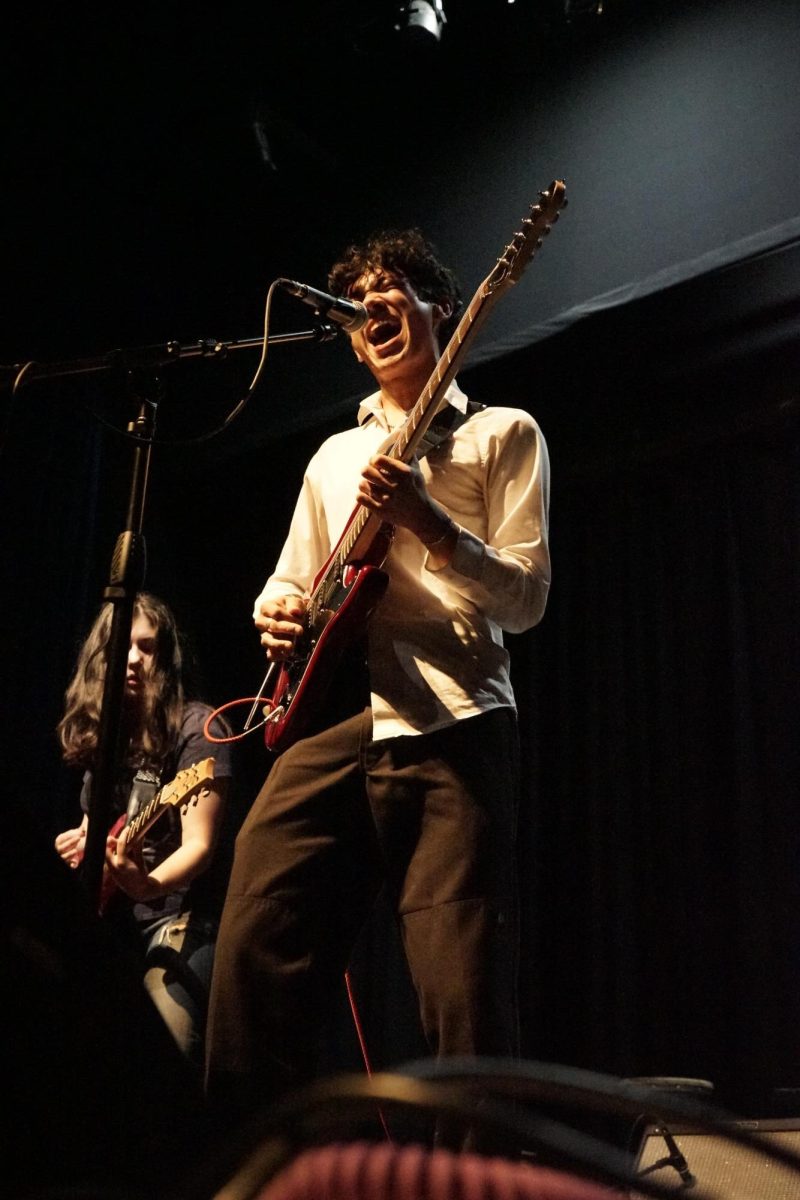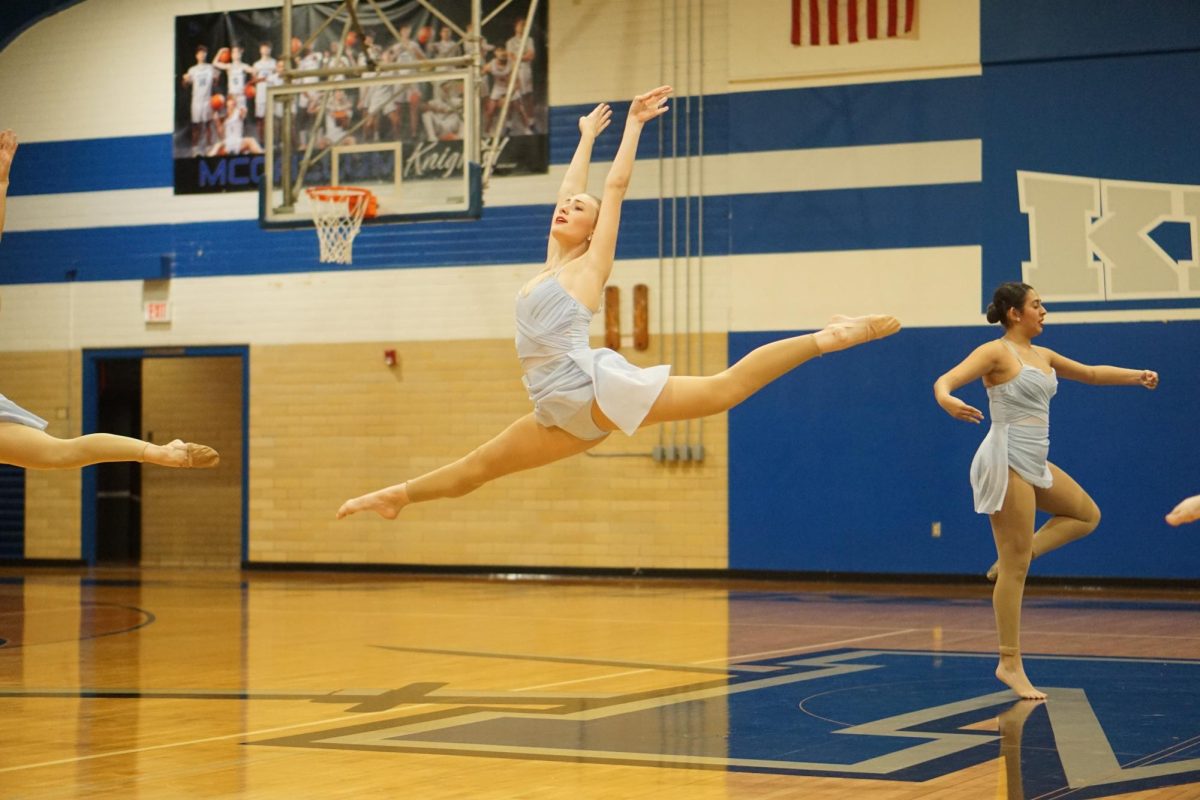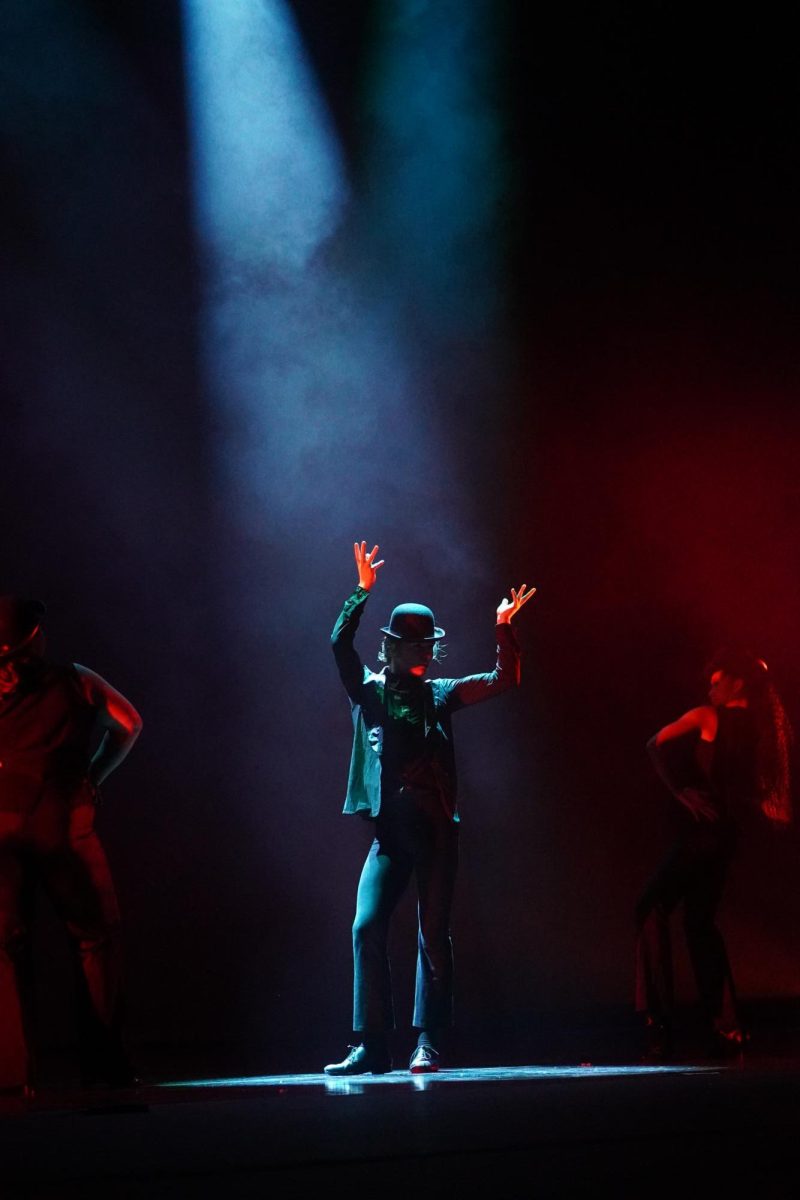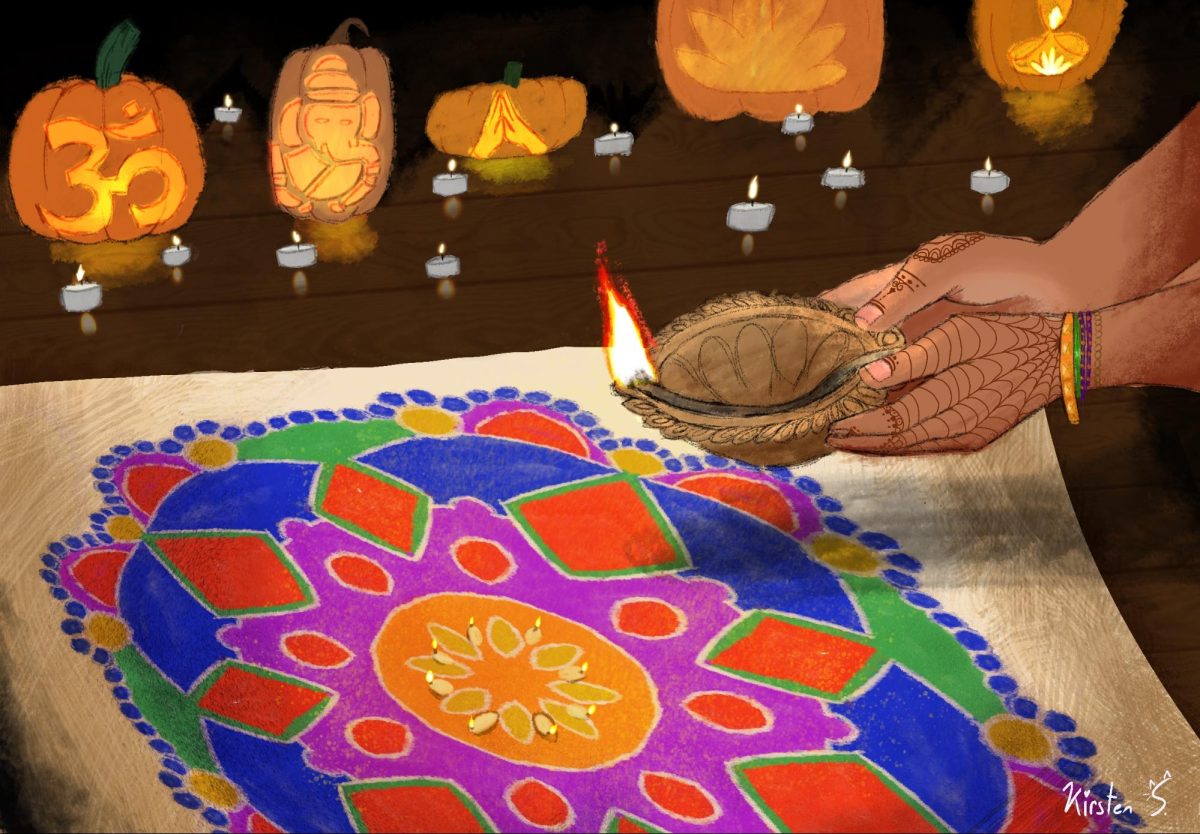Two outfits lay on my bed: my “Wednesday Addams” Halloween costume and my pink lehenga. What should I pick?
I am an Indian American. I was born and raised in the United States, but I hold my Indian heritage close. This year, I stand at a crossroads, feeling forced to choose between both identities.
Diwali is the Indian festival of lights, symbolizing the return of Prince Rama and his wife, Sita, from years of exile and war with the demon Ravana. It is a day of victory – a celebration of goodness in the world. Halloween, on the other hand, is a day for welcoming fear and all things scary…or is it?
The beginnings of Halloween are historically attributed to the Celtic festival of Samhain. The Celts believed that the boundary between the world of the living and that of the dead was weaker on Oct. 31. To prevent spirits from terrorizing them, the Celts wore costumes to confuse the spirits. The Celts also built bonfires to offer sacrifices and ask Celtic deities for protection from evil and the dark, foreboding winter ahead.
Although it might have evolved to become a celebration of terror, it is important to remember that it started as a ritual to ward off apparitions, similar to the purpose of Diwali.
Rather than feeling pressured to choose, I think both traditions can coexist. Think about it. Both Halloween and Diwali ultimately symbolize the triumph of good over evil. They incorporate lights in their festivities, one with diyas and the other with jack-o-lanterns. Both have the same essence of community and connection, so their coexistence is definitely possible. However, it most likely will not be accomplished by giving out Diwali sparklers or laddoos instead of candy.
The best way to go about it is by time-blocking. Devote some time to spend with family for lighting sparklers and bursting crackers. Combining activities, for example, painting diyas and carving pumpkins at once, will also work in your favor. Blend the celebrations by creating rangoli with pumpkin designs or Halloween colors. Creating a comfortable balance between both events is most important to avoid feeling pressured to choose between your ethnic and national identities.
Growing up, I remember Diwali being magical. My house would be filled with freshly painted diyas, my mom would be frantically scurrying around the kitchen to finish the homemade sweets and my sister would be lighting firecrackers with my dad. The celebration was a special time for me, especially because I was named after it. At the same time, Halloween meant carving pumpkins, scary decorations and trick-or-treating with friends. Though the traditions are different, they have always coexisted for me as a child in two worlds. This year, with both holidays on the same day, I realize I can embrace both.
It is not just about blending activities; it is about embracing my dual identity. I often feel like I have one foot in the world of my ancestors and another in the modern, fast-paced American lifestyle. Diwali reminds me of the importance of family and the value of tradition, while Halloween is a time for connecting with friends and exploring the pop culture I have been exposed to all my life. For many Indian Americans like me, we face the challenge of navigating the blend of cultures daily. “Diwaloween” is a metaphor for the balancing act we perform every day.
Ultimately, choosing Halloween or Diwali is not about debating between two outfits; it is about understanding that both can exist within me. Whether I am handing out candy to trick-or-treaters or lighting diyas around the house, both remind me of the same thing: the importance of staying rooted in who I am.
This story was originally published on Coppell Student Media on October 31, 2024.

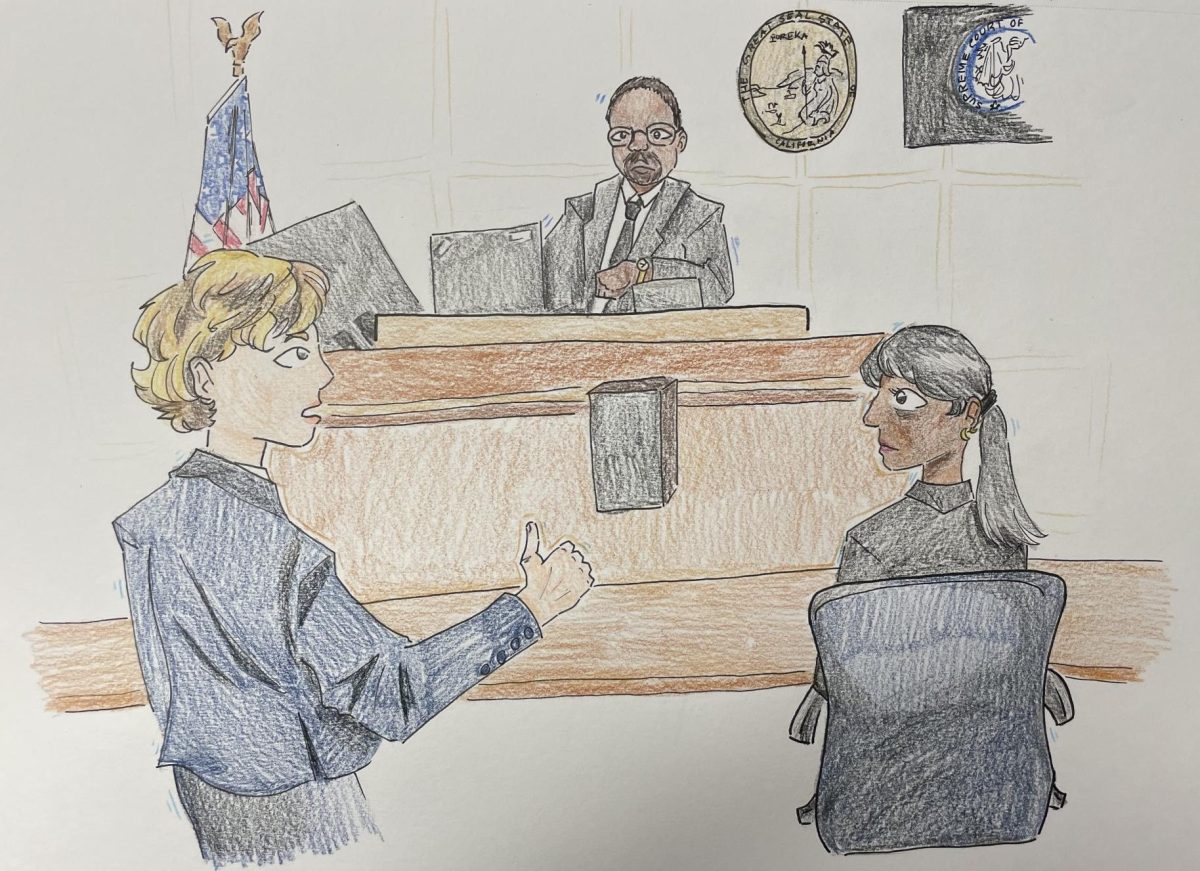



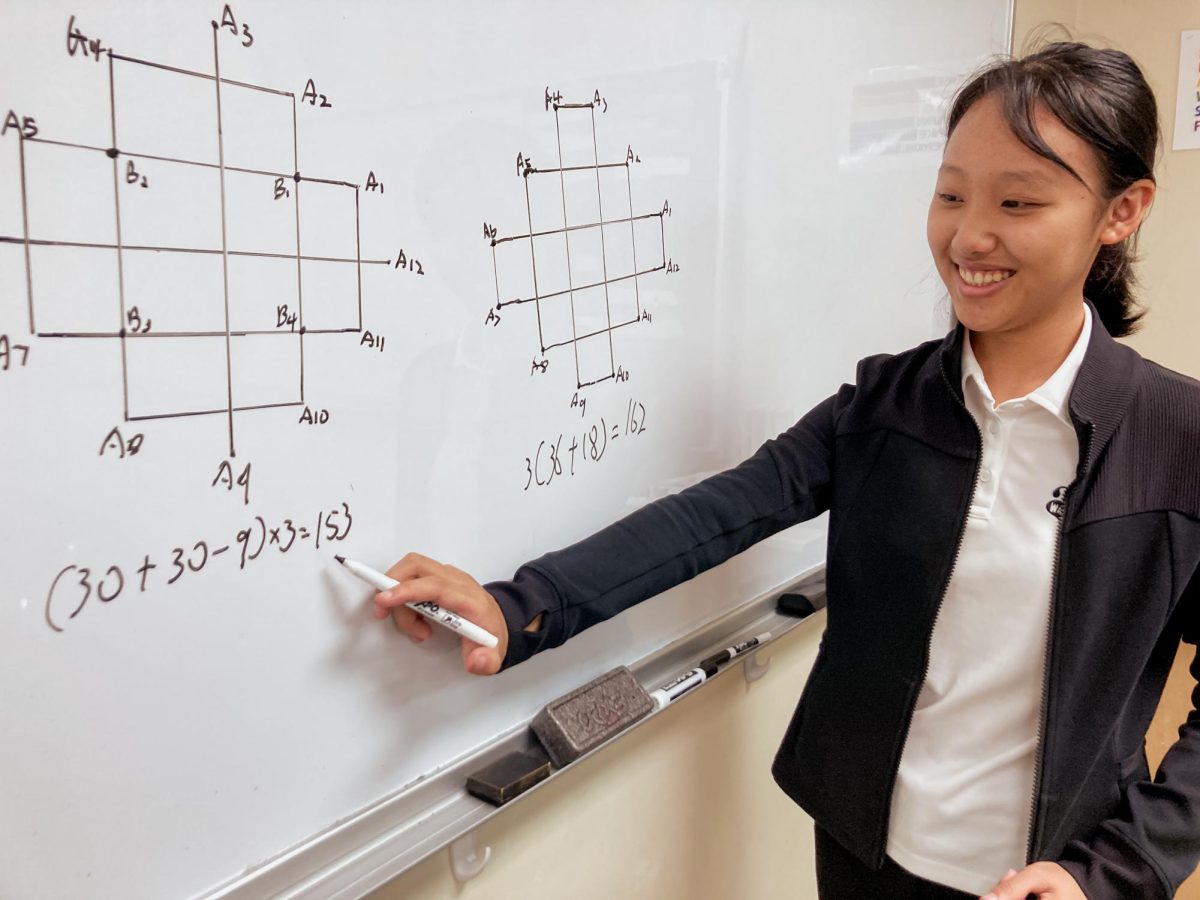
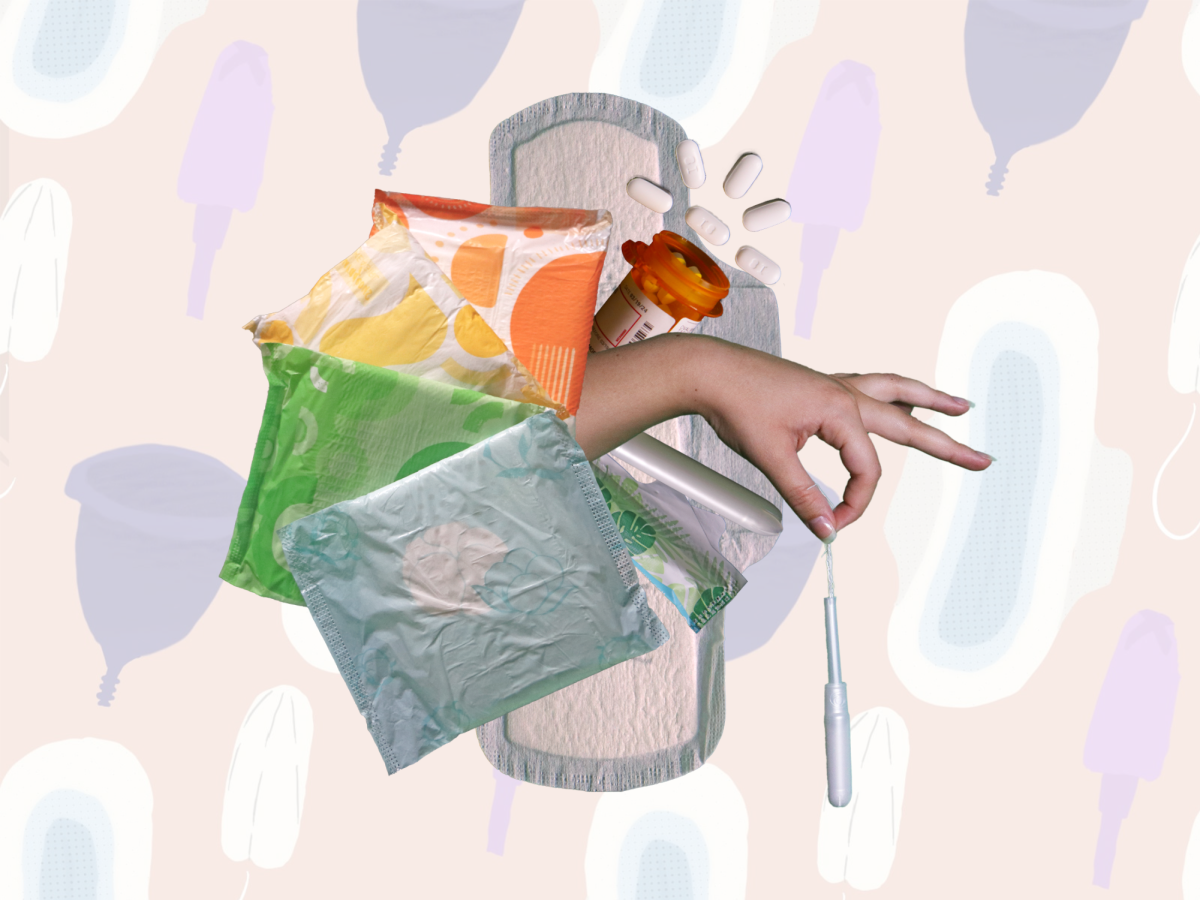
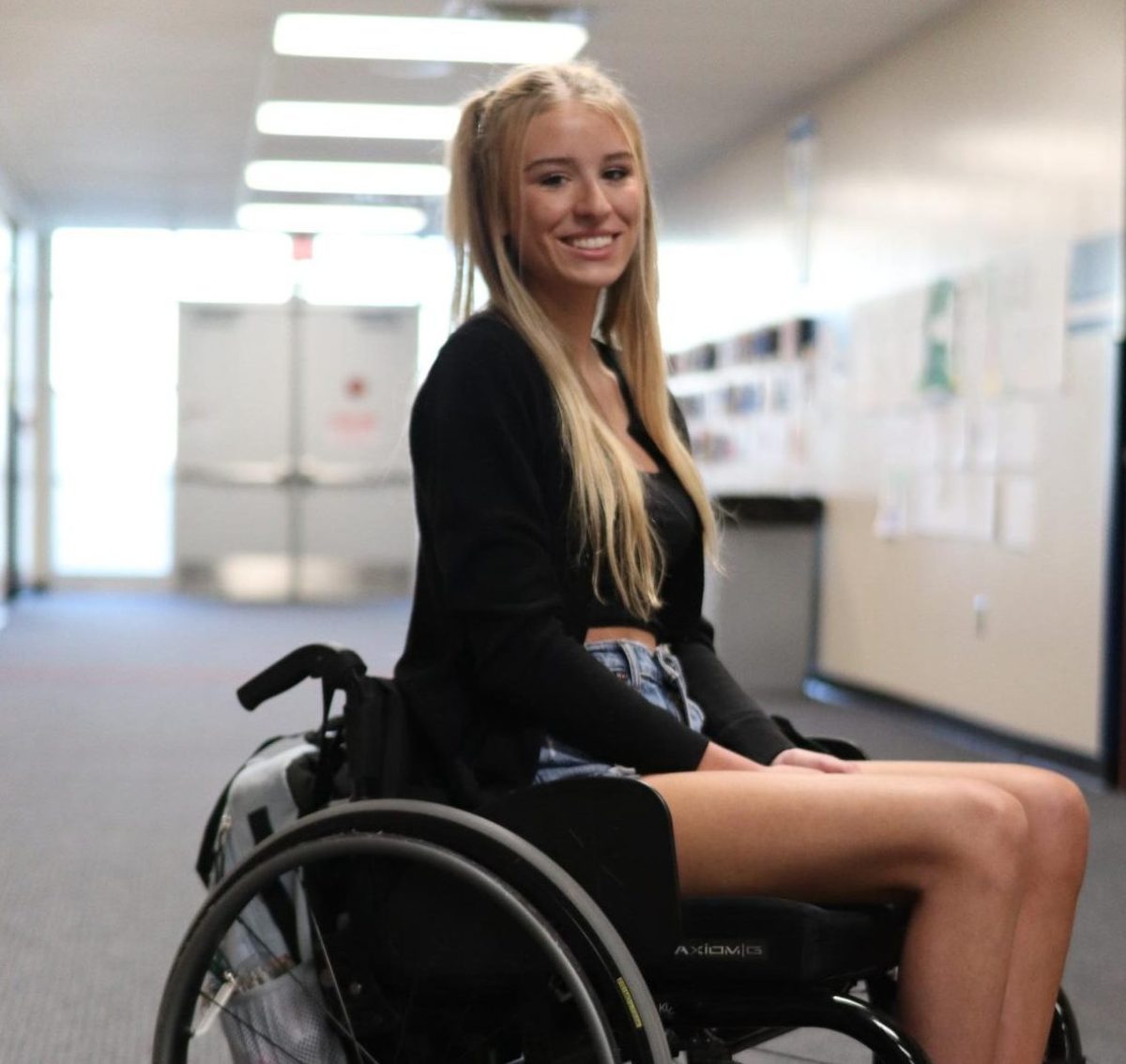
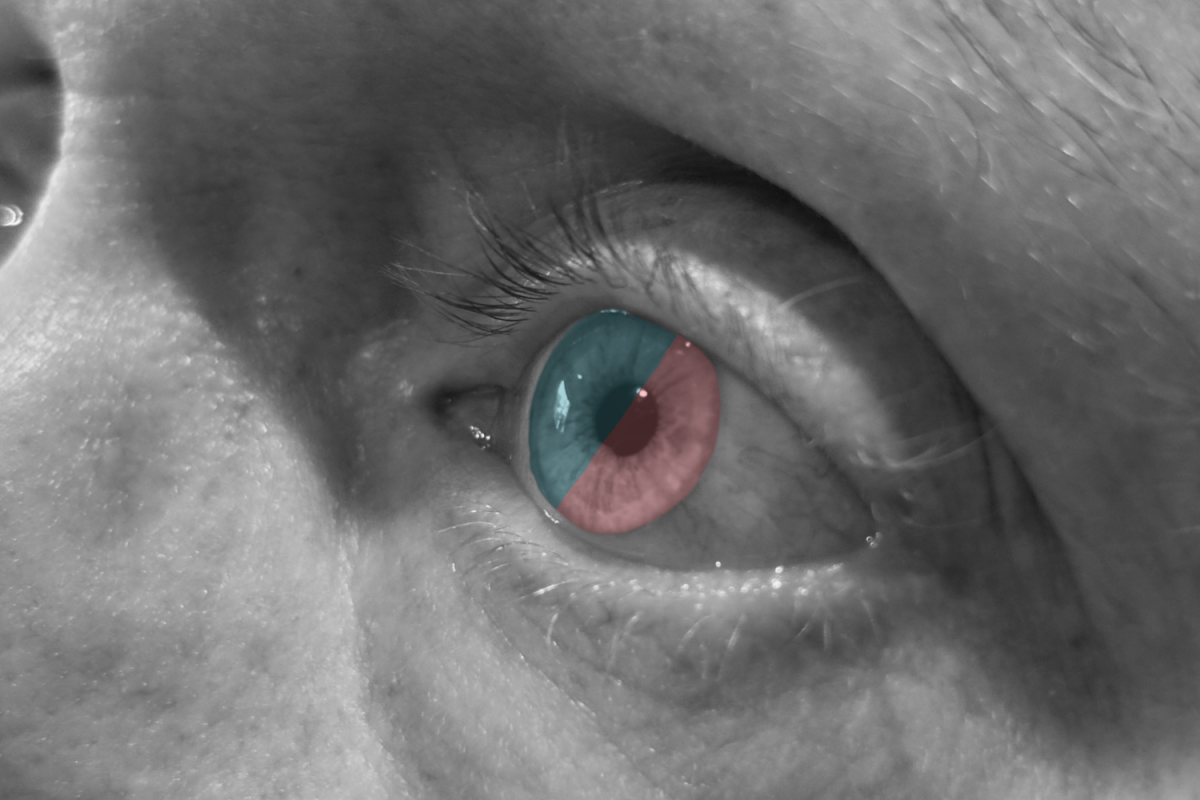
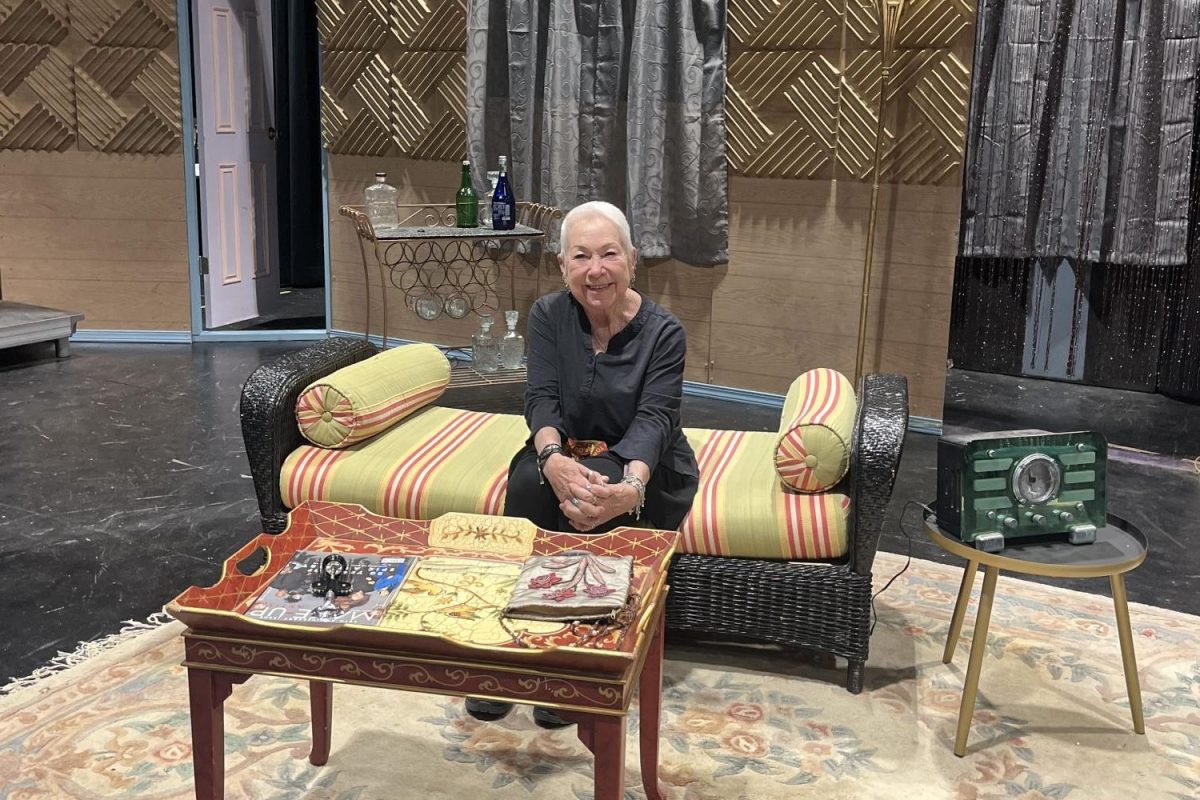

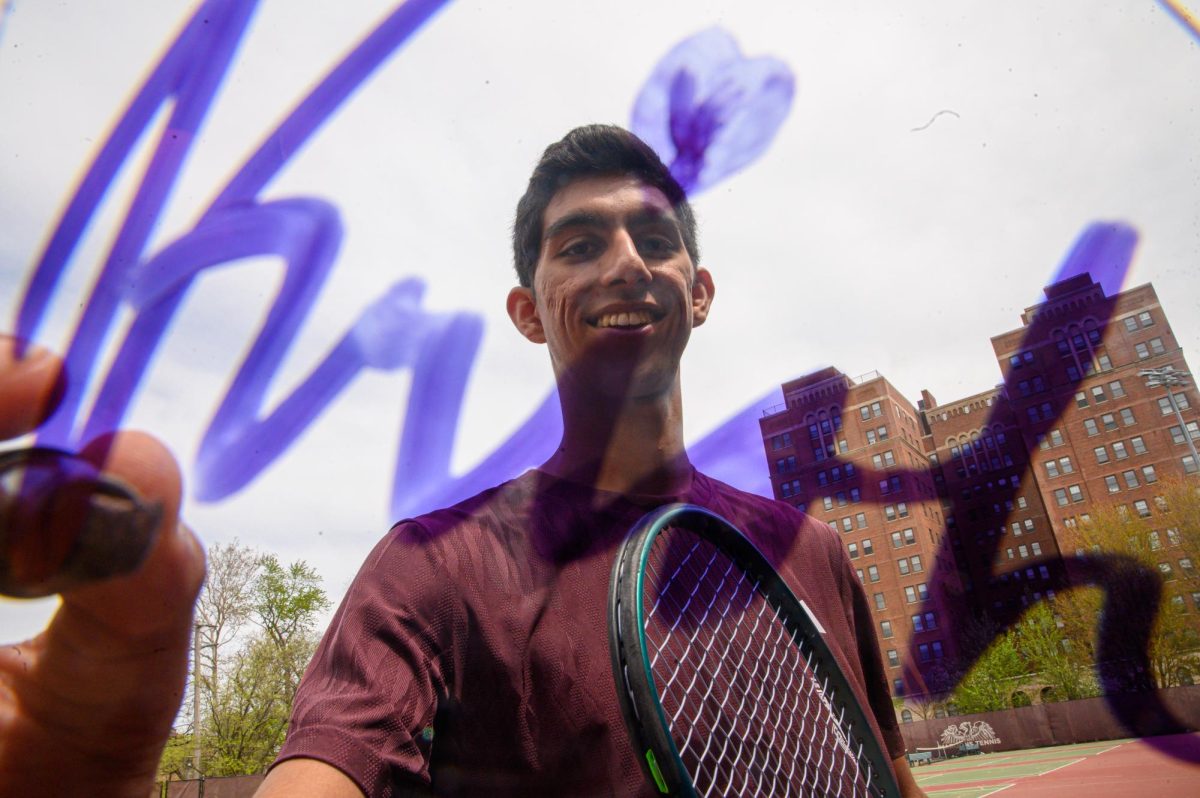

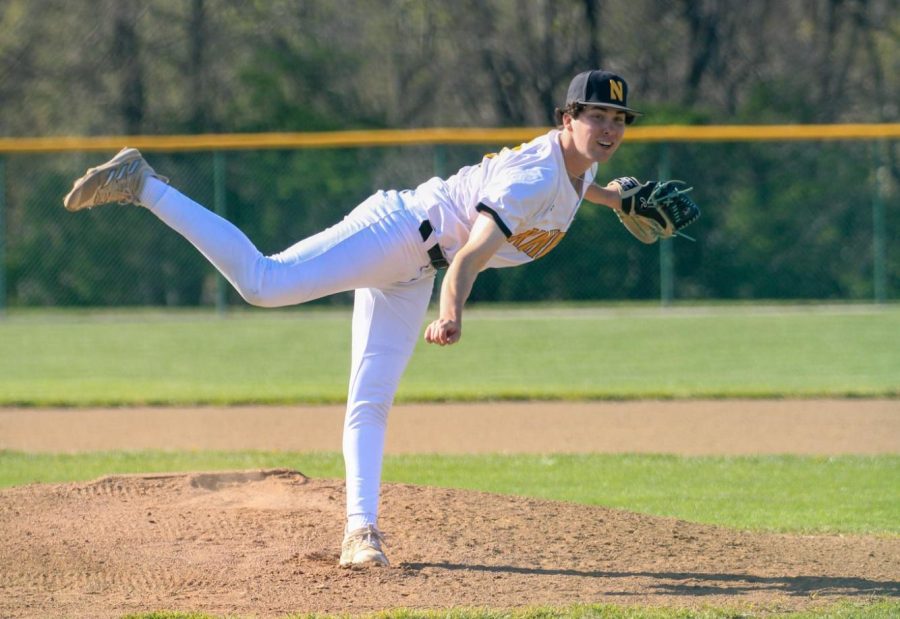

![Finishing her night out after attending a local concert, senior Grace Sauers smiles at the camera. She recently started a business, PrettySick, that takes photos as well as sells merch at local concert venues. Next year, she will attend Columbia Chicago College majoring in Graphic Design. “There's such a good communal scene because there [are] great venues in Austin,” Sauers said. “I'm gonna miss it in Austin, but I do know Chicago is good, it's not like I'm going to the middle of nowhere. I just have to find my footing again.” Photo Courtesy of Grace Sauers.](https://bestofsno.com/wp-content/uploads/2025/05/Grace.png)
